
13 minute read
Jaguar crisis point
THIS PUBLICATION HAS BEEN AROUND FOR FOUR decades, but that doesn’t mean we want to live in the past. Nobody can. Isn’t it better to look forward with excited anticipation to what lies ahead for a proud and distinctive marque? We are talking about Jaguar, of course.
Having come through from its origins into a 1966 merger with British Motor Corporation, sidetracked into British Leyland, made independent again, taken over by Ford then into the welcoming arms of Indian giant, Tata Motors in 2008, we were sure it had the future it so long hoped for.
Advertisement
That is, independent, with strong financial backing, no interference and getting back to building Jaguars we lusted over.
With heads bowed in concern, we have to admit the dream has turned into a nightmare again for Jaguar - and all of us as devotees of the endearing marque. While we look directly ahead in hope, if they don’t learn from past successes and failures they will continue to make mistakes.
That is Jaguar in 2022/23.
It is not merely the departure of yet another CEO, it goes much deeper than that unexpected announcement. Jaguar is totally in limbo. It has NO new models we know of. No not even a hint.
It has been cast by the now former CEO Bolloré as a one-trick manufacturer of electric cars, when it is not certain that hydrogen or some other means of propulsion will dominate.
The shortage of its micro-chips has been a disaster with the majority of those in JLR’s grasp being handed to golden-haired cousin, Land Rover. Jaguar's strongest selling models, the F and E-PACEs are now officially out of production.
The four door XF and XE are not being produced either, and it is possible they may never go back into production. It has to be said that from where we sit the revolutionary and very fine
01/02/03/04
Jaguar's home at Castle Bromwich on the edge of Birmingham - is currently closed!
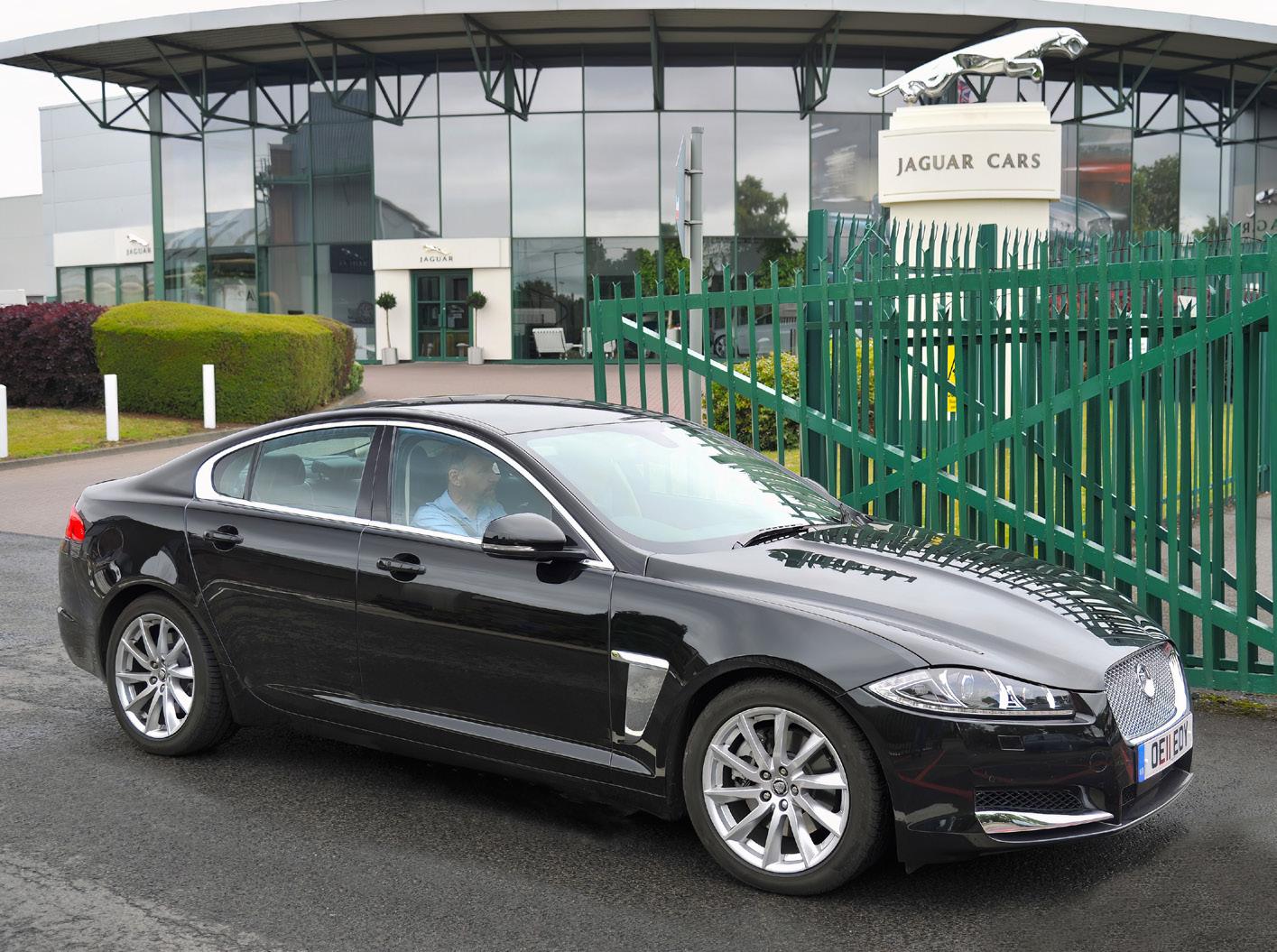
Le Mans 1990 and a very important image as Jaguar's new CEO Bill Hayden chats with outgoing CEO Sir John Egan. On the right in green is Jaguar PR Manager Joe Greenwell who would be a future CEO!
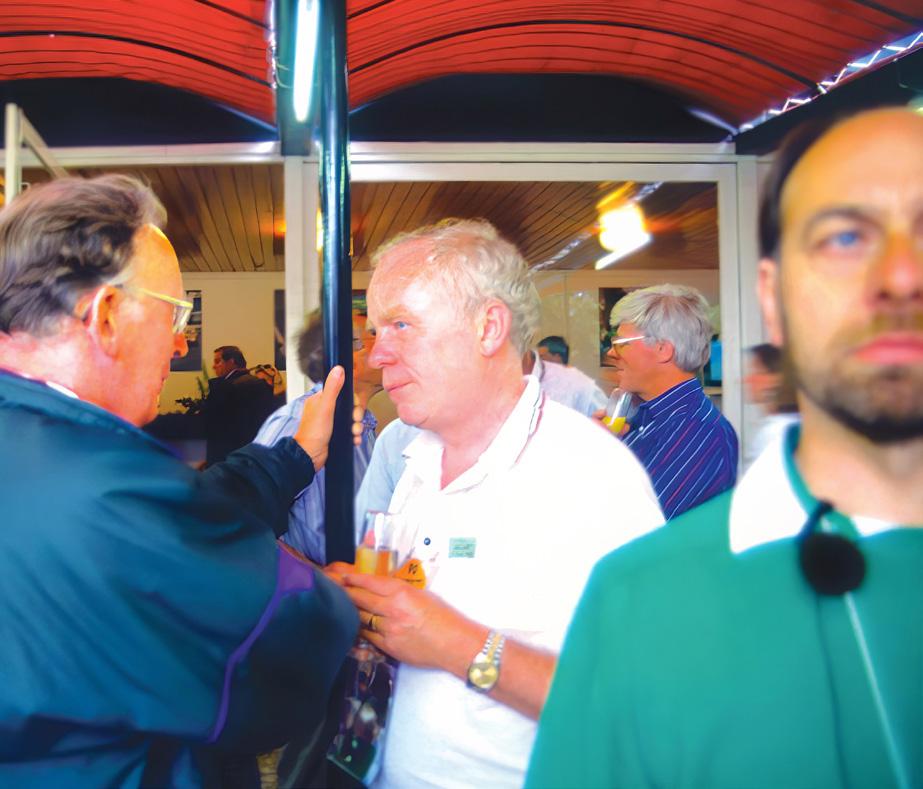
Ian Callum loved to publicise Jaguar and ran in the Mille Miglia with D-Type owner Clive Beecham.
Julian Thomson didn't get a chance to complete a new Jaguar design.
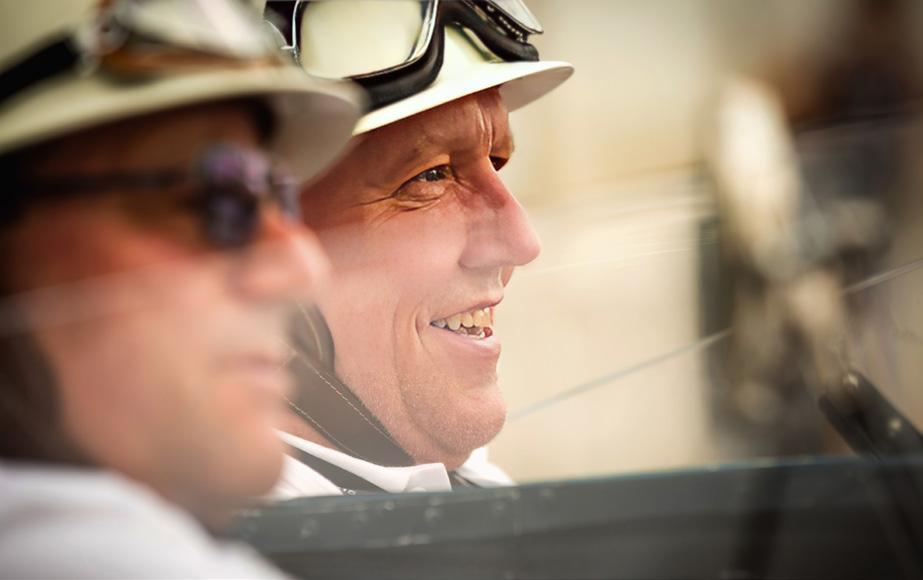
I-PACE has not fired a shot in showrooms. To see one on the roads is a genuine double-take rarity.
So what are the prospects?
It is impossible to know because Jaguar's future is unhinged, and it is going to take a lot of hard work, intelligence and luck to make things the way they should be.
We have lived through even the extinction of the 'Jaguar' name on its Browns Lane plant, and the hallowed spiritual home base in the Coventry suburb of Allesley being demolished to make way for a quick-buck nondescript modern housing estate with factories which will be fleeting in their life spans.
The media and car owners were left quizzical yet again in 2021 after absorbing Thierry Yves Henri Bolloré’s proclamations there would be no new Jaguar models until 2025. Then, after that long time there would be nothing but electric Jaguars.
No manufacturer in the world has made such an ad hoc move - and for good reason. Jaguar cannot afford to be anyone’s guinea pig let alone Jaguar Land Rover's.
Interest in the marque, and from Jaguar itself, has fallen off a cliff.
On Wednesday November 16, 2022 Bolloré’s ‘resignation’ was announced. JLR said he was leaving for ‘personal reasons’ on December 31, 2022 and also quitting his non-executive role at Tata Motors. He vacated the posts immediately with Adrian Mardell, Chief Financial Officer, taking over on an interim basis.
Aged 59, Bolloré began his career at Michelin, joined Faurecia (a French global auto supplier) in 2005, followed by Renault in 2012. He was its CEO from November 2018 to October 2019 following the arrest of Renault CEO Carlos Ghosn.
On October 11, 2019 the Board of Directors at Renault gathered for an emergency meeting, and decided unanimously to dismiss him ‘with immediate effect'. It condemned his management of men and women and his hostile attitude towards partner, Nissan.
Bolloré criticised the decision, describing it as a ‘disturbing coup’ and called for help from the French state. The decision of the Board though was then backed by the French Minister of the Economy and Finance.
After a six month search by JLR, he became its CEO ...
Since his dismissal by JLR (let's be honest), a very highly respected Australian motoring journalist in the UK told us: “I have been getting whispers of Bolloré’s hard line, and his intolerant approach. I have met him. He’s brusque, easily dismisses losers like me and moves on to the next intelligent journalist. I have sat in on two of his Renault press conferences at Geneva, and even dared to ask the great man questions - only to be belittled as a quaint Aussie with no knowledge of the big world. You won’t be surprised to know - I don’t like him.”
The I-PACE is hailed as a much better car than its direct Tesla competitor, but has been comprehensively outsold by Tesla.
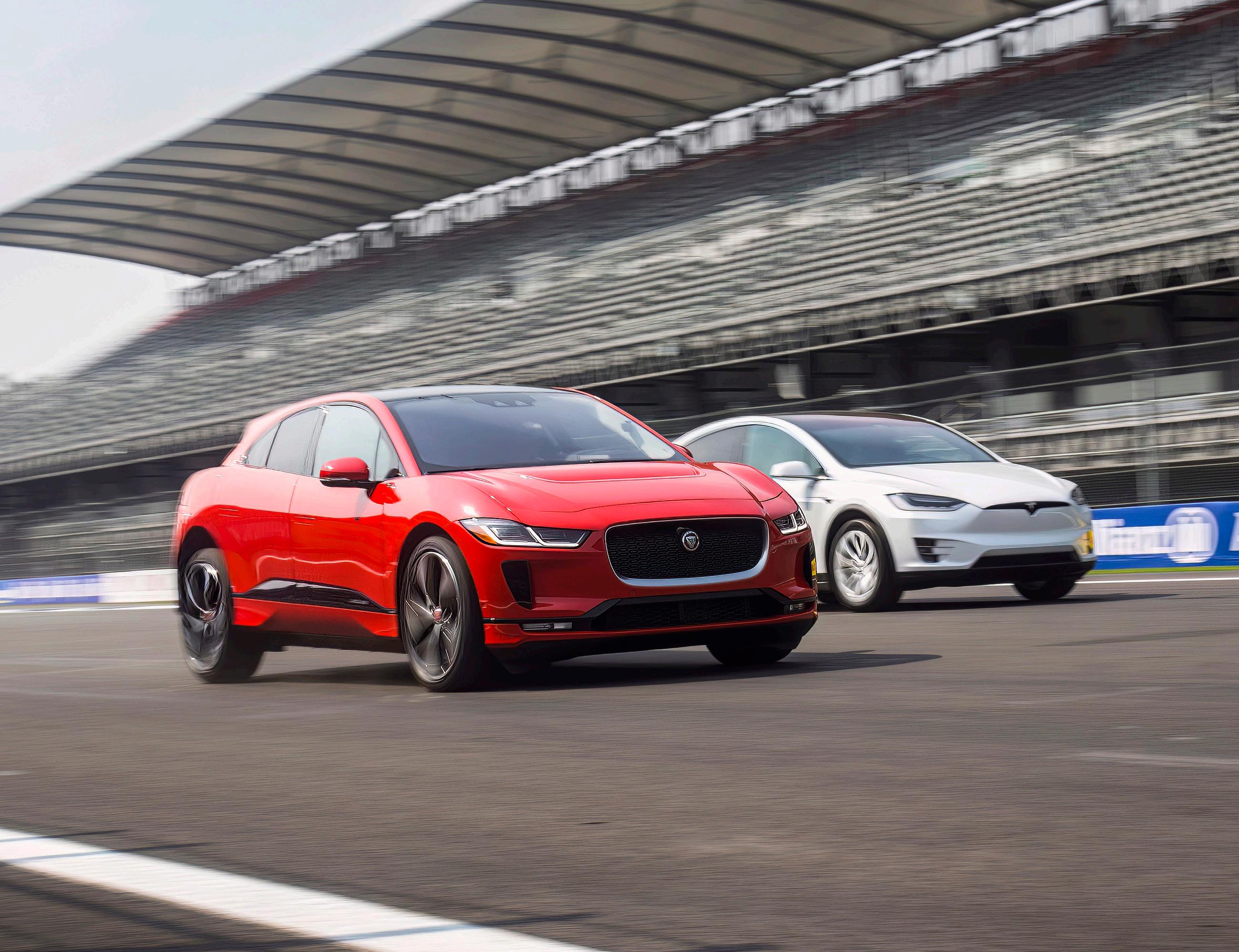
Everyone was amazed when the anticipated new XJ and J-PACE were canned because these were all-new electric models to be produced at Castle Bromwich. The full reasons were never revealed, but many believe newly-appointed JLR Chief Creative Officer, Gerry McGovern, was behind it. He was taking over from Jaguar's Ian Callum and wanted to stamp his own authority on Jaguar. Callum's protégé Julian Thompson voluntarily followed Ian out the door soon after.
Cancelling programmes so late in the stage costs big money (asset and cash write-downs of £1.5 billion), and meant that Castle Bromwich would close for production after the current models have run out. Jaguar was to be re-purposed as a high-end low volume producer of allelectric luxury cars.
Naturally, all current Jaguars would run out in a death spiral. Meanwhile, Land Rover had successfully delivered the new Defender, Range Rover and Range Rover Sport and was on a path to its own electrification.
Bolloré concluded much was outdated at Jaguar, so wrote off over one billion pounds of investment into the planned electrified platform, killing the XJ, an electric Land Rover dubbed ‘Road Rover’ and the J-PACE. Under him Jaguar would no longer compete with BMW, but have its own dedicated platform called Panthera.
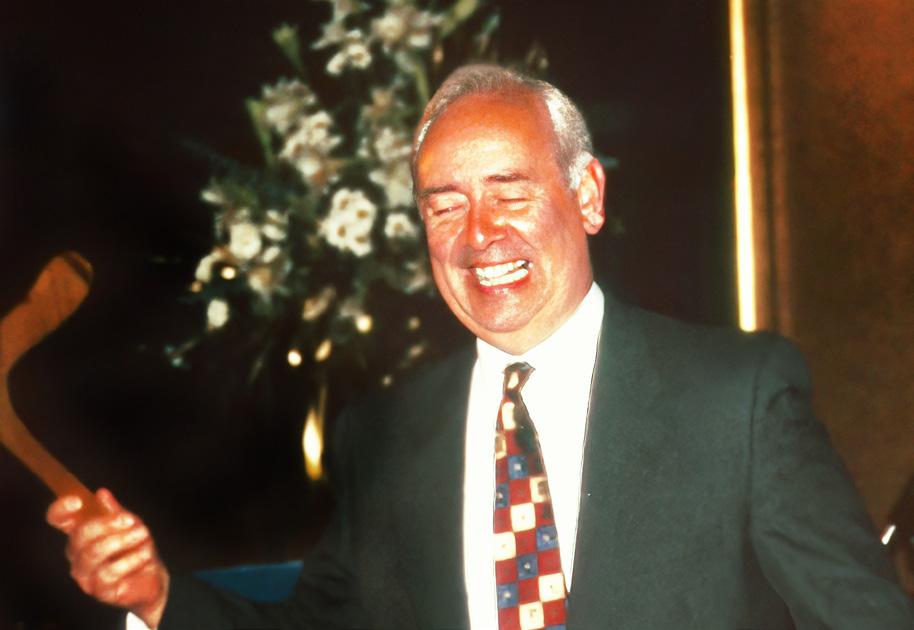
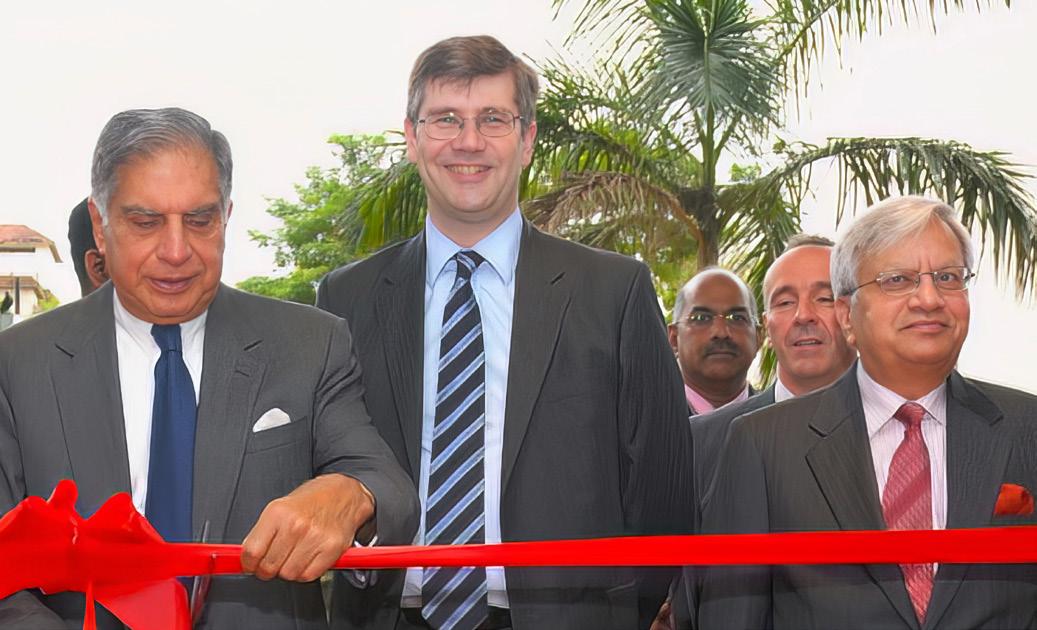
So where does his rule leave Jaguar - other than up ’Ship Creek’?
We will begin to know in short time.
Just days after Bolloré's sacking we received information from a former Jaguar executive who was part of the process of making the most senior decisions. He will remain un-named for obvious reasons, and what follows is straight from the hip of one who knows.
"When Tata bought JLR from the Ford Motor Company they wanted Ford's former Premier Automotive Group head Wolfgang Reitzle to run it.
"He advised them to put Ralf Speth in as CEO of JLR.
"It is possible too the Reitzle Executive Search Company played a part in Bolloré’s appointment at JLR.
"All the experienced Jaguar folk were terminated, and all the power was given to the LR/RR managers. They were mainly ex-Rover Group, and made short work of the few Jaguar people left.
"They brought in failed managers from the brands in Germany, and then during Bolloré’s reign, from France. All the work that had persuaded Ford to pay $2.6B for Jaguar was dumped and Tata followed Nasser into the same trap as British Leyland. They put Jaguar and LR/ RR together for financial synergy.
"Reitzle told me that Jaguar was like Ferrari, and could not work when combined with another brand. I heard too recently that the iconic ‘leaper’ is about to be dumped. Can you imagine Ferrari dumping the
Jaguar showing off its glamour and good looks in appropriate surroundings at Dubai where it maintains a strong market presence.
02/03
The great Sir Nick Scheele at the launch of the XK in Australia where he was gifted a boomerang! A big moment for Jaguar in India as Ratan Tata cuts the ribbon to open the new Jaguar assembly plant. With him are the then Current CEO David Smith and Smith's replacement Ravi Kant.
For the cameras - JLR design head Gerry McGovern took over from Ian Callum and Julian Thomson.
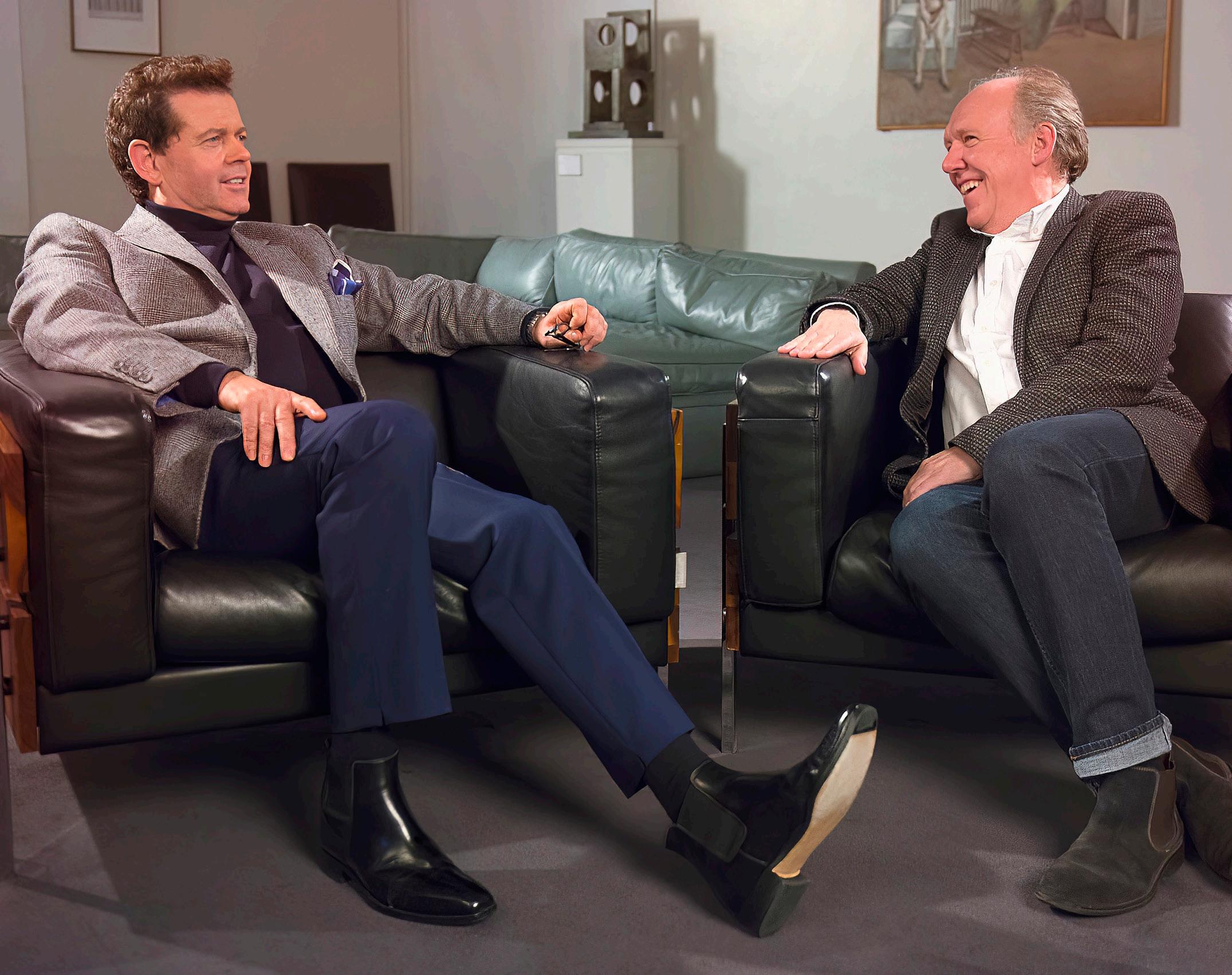
Prancing Horse? Isn’t it strange that the British Leyland senior management who threw Jaguar into the brand mix were ex-Ford.
"I do not know what Tata will do with Jaguar. Land Rover and Range Rover can work on its own and has the volume (if they can produce them).
"All of the huge quality advances at Jaguar under Ford have been lost, and both brands are at the bottom of every JD Power survey. Tata is rumoured to have turned down an offer of collaboration with Geely.
"It is a very complex issue of brand, manufacturing process, management and finance. Outside the company, they have lost the dealer networks."
Nick Lloyd: “I had the privilege of working on the Callum XJ, and although it was electric it was stunning. An iconic Jaguar with a modern twist. Bolloré had no passion for the brand, and I feel this is a jumping-asinking ship moment. With all the engineers who left under his control I honestly think it’s on the verge of being too late to pull it back.”
Jon Coulter: “I saw this coming before I left Jaguar five years ago after 33 years working as a Master technician. John Newstead: “My I-PACE is my fourth new Jaguar, but if Bolloré intended to move the marque into the Bentley price zone it would also be my last.”
King Charles was driven to Northolt airfield to meet his mother's coffin in an Audi E-Tron - he should have been in a new electric XJ …
Glynn Olive: “The Callum XJ electric was ahead of the game like the I-PACE was the first European EV in its class, and a worldwide design winner, let down by Bolloré et al who abandoned both to go down the ‘we are the new Bentley rabbit hole."
Finally, from Joshua Morley: “I think there is affection for Jaguar within the car community. But general consensus is it is now just another brand. It’s lost its uniqueness as cars that are lovable, 100% British - whilst being a little flawed. Maserati, Alfa, etc trade in this market position today. You know exactly what they are; they won't be perfect but you'll love them anyway.
“Of all the Jaguars that got mainstream motoring media excited in the last decade, nearly all of them are limited run models such as the XKRS-GT, Project 7, Project 8 and XJR575. These were opportunities which could have been better exploited and propelled the brand forward. Then we have the stillborn C-X75 which could have been a great."
Auto Express asked JLR Vehicles Chief Nick Collins why there had been such silence from Jaguar since February 2021. "We recognise that we’ve been quiet, we’ve been secret - deliberately so.
"The core Jaguar words are ‘a copy of nothing’. Think of that in every element of the business; there may be some traditional ways of doing things, and nontraditional ways - we’re using that in all our thinking around Jaguar. We will now start to curate the journey from here until 2024 - exactly how that manifests itself, we’re reconsidering that, too. We are on track and in a considerably faster time-line than we’ve ever operated,” he said. “That’s something we’re doing across the business.
“We’re Reimagining the development process, not just in engineering, but as cross-functioning teams. We’re operating in a fundamentally different way through our development process that is allowing us to go considerably faster.
"Where we sit right now is (that) we’ve defined what the new Jaguar will represent,” he said. “It’ll be a brand that’s respectful of its rich past, but not bound to it. We are engineering a bespoke architecture for Jaguar. That’s the only way we’re going to ensure we meet our design vision that Gerry McGovern and his team have created - a copy of nothing.”
If you are cynical you are perfectly allowed to regard Collins’ comments as pure ‘corporate hyperbole’. What Defender has to do with Jaguar we are unsure, and
We
McGovern’s management style is likely to have led to the departure of Ian Callum and Julian Thomson too.
It has to be considered though Jaguar added to its own problem because its founder and head designer (not an official post) was impossible to replace when he retired in 1972 at the age of almost 71. He ruled in a benevolent but autocratic manner for the good of his business, and was probably a most gifted all-round car business founder.
But his secret recipe for making Jaguar the beloved marque it is was not explained or documented.
His successor, Lofty England, only lasted two years before being forced out by Leyland’s controversial Geoffrey Robinson who played lavish and outrageous mind games with the Company. It was followed by his even more turbulent move into British politics.
Since then it has almost constantly been nothing but a struggle for the marque, aside from the successes parleyed by Sir John Egan and Sir Nick Scheele.
Nobody else at the top level has had the passion for, or the empathy and comprehension of, the elements Jaguar is made up of. The highly personable and charming Egan and Scheele had to learn for themselves.
The role of Jaguar’s CEO has been a constantly revolving one, and too often other aspiring selfimportant types have indulged in a slice of Jaguar Cars with the pure intent of adding it to their CV, and therefore, their desire for personal future success.
Professor Stefan Bratzel, Director of Germany's Centre of Automotive Management thinks the future looks bleak. “It’s a radical approach, and I think both Jaguar and Land Rover are going in the right direction with electromobility, but JLR seems to be too small to survive,” Bratzel said.
He wonders how JLR could be competitive in the electric world compared with the much bigger BMW and Mercedes, while VW has shown the way with its common electric car engineering spread over many brands and models.
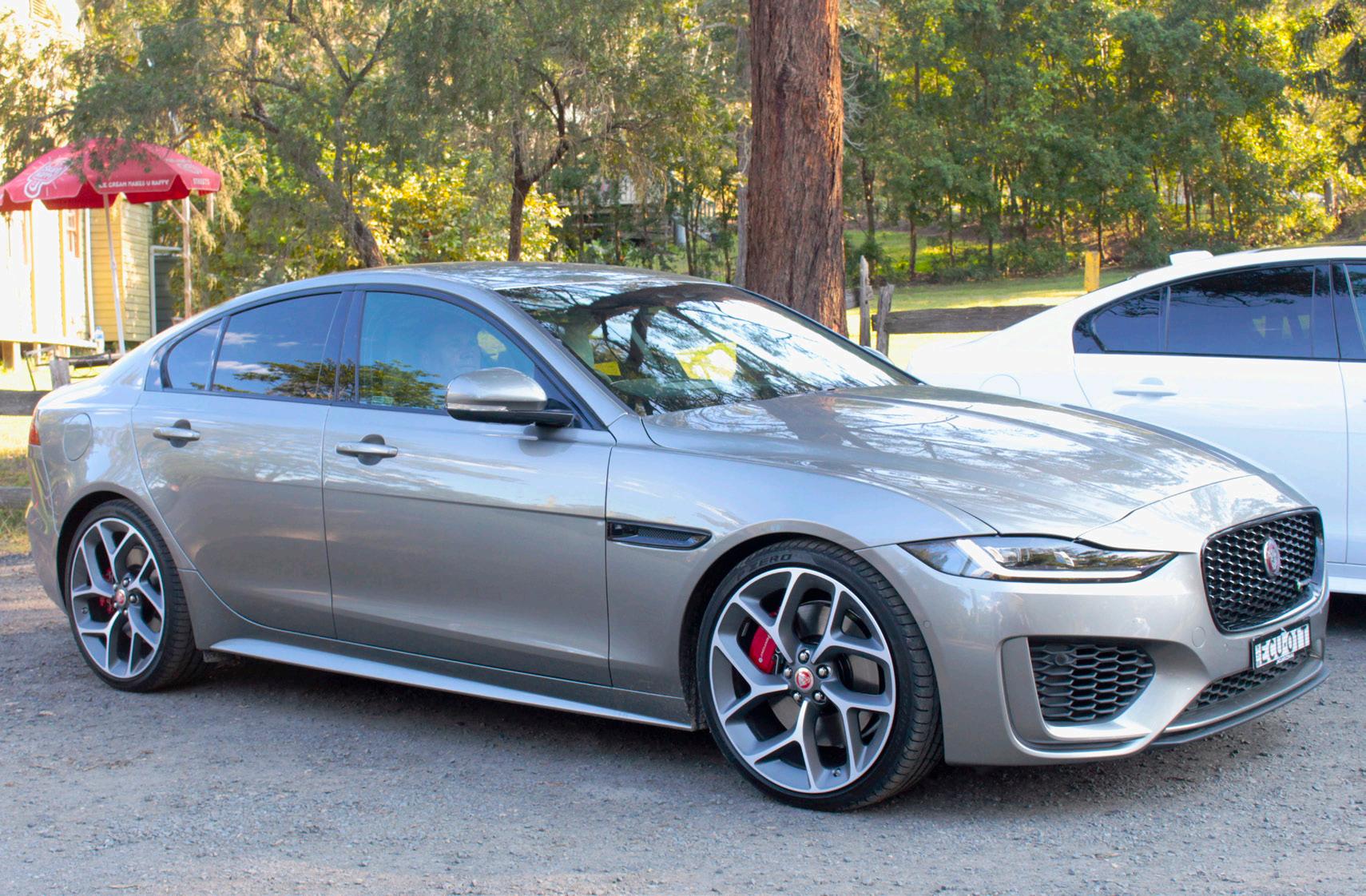
“I think Jaguar will have to look at finding a cooperation partner because JLR and Tata don’t share much. It will be hard to remain independent in such an environment. JLR needs a big volume partner.
"One thought though, JLR maybe could be a partner for Apple or Google. They are very interested in premium vehicles, but Apple would want its own brand on it.”
Bratzel reckoned Chinese companies like SAIC or BYD might be interested in JLR, following in the Geely/ Volvo footsteps - but is uncertain.
“I really see dark clouds on the horizon for the next five years. A lot of money is needed to turn Jaguar around, and I think at the end the situation will be even worse than today for Jaguar."
Going back to Collins, he wouldn’t be drawn on whether a concept car might give hints at Jaguar’s new design language, but confirmed the new models had been signed off and they had been tested, but not in traditional customer clinics.
“We’ve tested in certain circumstances; we’ve tested elements, but again, it’s the copy of nothing approach. We’re deliberately doing things quite differently.”
Collins revealed how Jaguar staff were working in unique ways to come up with a new interpretation of modern luxury. “We have a very diverse team, and we’ve deliberately locked them away in a different part of the building in Gaydon.
“They act, behave, think and live differently - this is about a clean sheet of paper thinking.
“With designs signed off, technical work is very much under way. We’re going to have some of the earliest prototype mules running soon," said Collins. “You’re going to see the first of the new Jaguars before the end of 2024, and those cars will be with customers in 2025.
“These new Jaguars will sit firmly in the luxury sector, and we’ll establish new benchmarks in standards for client relationships. We'll transform the brand journey with multiple touch points during the life of their cars."
What the ...
“If you think about the words ‘firmly in luxury’ you can then think about where we’re going with the current portfolio,” said Collins.
“You saw the F-PACE 1988 Edition that we recently announced – it’s cementing F-PACE into a really bespoke positioning; exquisite in detail and limited in numbers. That’s the start of a journey that we’re going on with the current portfolio.”
But will any of this really come to pass, or be consigned to the bin of corporate twaddle? The latter is most likely we believe.
Tata Motors may have run out of patience, and it is easy to see why. JLR is still losing money hand over fist with pre-tax losses for the past six consecutive quarters whereas competitors were posting record profits. The results for July to September show a £178 million loss which brings the total for this year to an eye watering £697 million.
JLR boasts they have an order backlog of over 200,000 cars, but that won't pay the bills until they are in customer's hands. Other makers have handled the semiconductor chip shortage much better by ably prioritising production on higher profitable cars. They have made more money on lower volumes as a result.
But JLR have not been able to leverage chip production to their advantage and the results have been catastrophic. In the first six months of the 2022 fiscal year sales were down 23.2% to 166,946. Jaguar only managed 32,547 cars (down 32.8%), and all key markets were down, with the important North American arm just achieving
Sir William Lyons was so amazingly talented as a businessman and designer he has proved impossible to emulate at Jaguar.
02
One of six C-X75s built, four for the Bond movie. It was an opportunity lost by Jaguar.
03
Sir Ralf Speth in happier times.
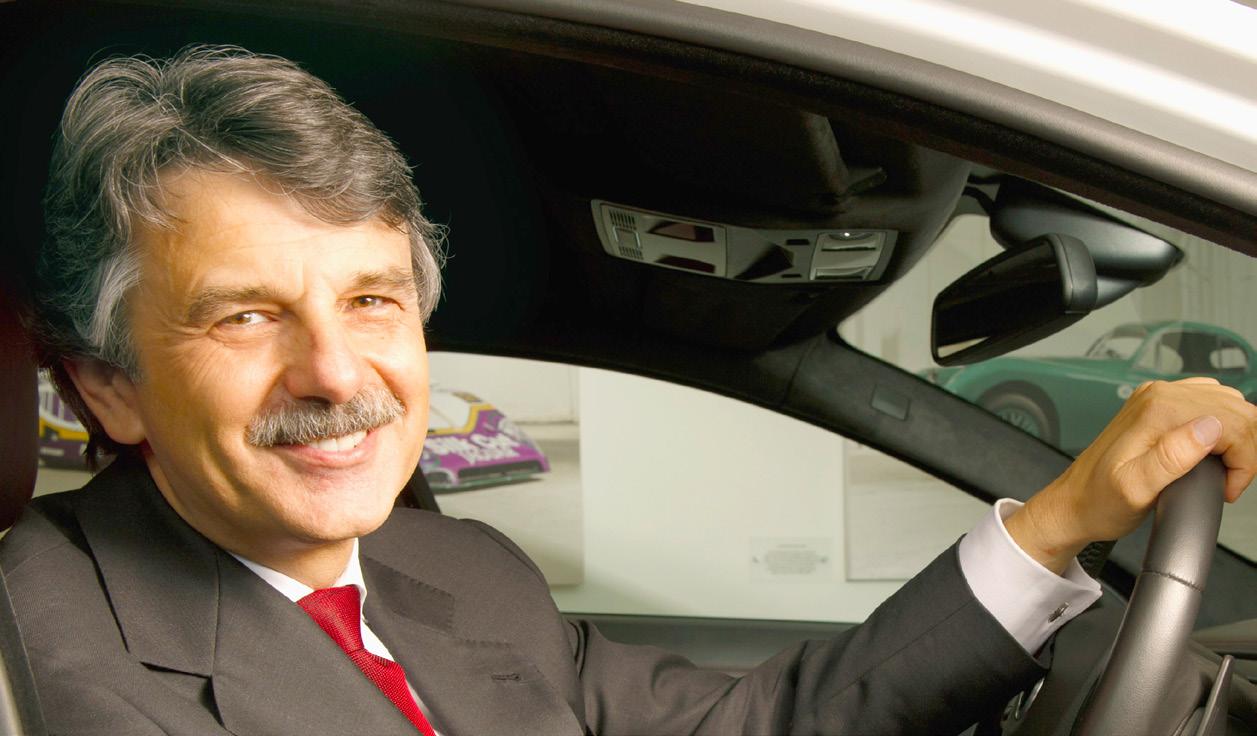
31,631 sales (down 40.0%). The pure electric I-PACE, managed to chalk up 4147 sales (down 19.9%).
Other manufacturers are growing their sales volume as electric cars enter the mainstream. So, our beloved Jaguar is clearly in the midst of a very turbulent time.
Yet again, it teeters on the brink of reinventing itself, but how much money can Tata or anyone else throw at it for no result to date?
That is the question which truly worries us.
In 1966 Sir William Lyons pitched his Jaguar Cars in with the much larger BMC because he saw how rapidly expenses were growing. Ever since, Jaguar has lurched along stubbornly enough to make us happy and survive - to this point.
This crisis though has dawned exactly 100 years after ambitious 21 year old Billy Lyons began his motoring business in a friend’s backyard garage. We desperately hope it can again defy the odds and thrive.










